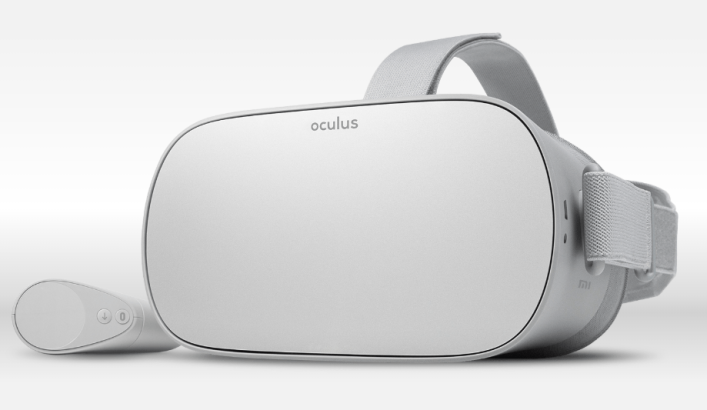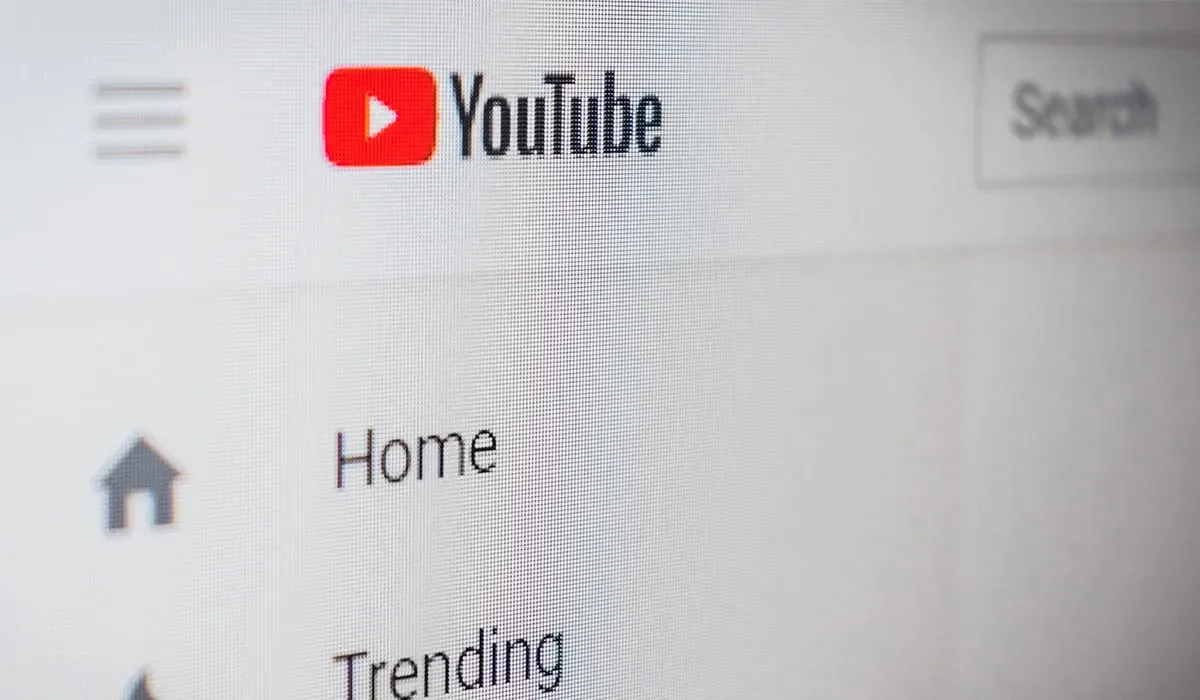YouTube VR app is finally available on the Oculus Go VR headset. This is a joyous occasion for all VR enthusiasts as they finally have access to the world’s largest video collection. This shouldn’t come as a surprise to anyone. Many individuals wanted to view their favorite YouTube videos in VR.
YouTube offers a large library of content in both 360 degrees and more traditional video formats. The streaming platform has, without any doubt, the largest collection of 360 videos and VR180 videos. Despite these unique video formats, people are more interested in YouTube’s standard videos.
One of the interesting things about Oculus Go is that most individuals use it for consuming media rather than playing games. Gaming is the second use after media consumption. According to the CTO of Oculus, John Carmack, 70 percent of users’ time is spent on watching a video, while only 30 percent of the time is spent playing video games.
Carmack was delivering a keynote at last year’s Oculus Connect Conference.
So it’s not surprising that Oculus wanted to focus more on videos than games, considering all these facts.
Very few people are watching 360 videos on their VR headsets. People are instead using standard videos for their entertainment. Users prefer utilizing their VR headsets as a media peripheral. This means many have made Oculus Go as a conventional movie and TV viewing device.
Due to these reasons, Oculus has built-in Netflix and Hulu apps. Facebook has also built a TV app for Oculus, known simply as Oculus TV. The app is currently in its early days but is aimed at providing a 2D viewing experience just like Apple TV.
Oculus had spent a lot of time, energy, and not to mention money on making its headsets gamer friendly. It remains how it will bounce back from the million dollars of investments it did.
The company will need to spend even more than it did previously to take off the video part of its VR devices. Oculus also needs to have the video part of its platform even more mainstream, to get better financial support.
It was better that YouTube made a separate app to go with Oculus Go. This offers more control and access to users. If YouTube instead had partnered with Oculus TV, it would have been much better for Oculus’ reputation as a media powerhouse, but would not have offered much to users.
It is interesting to see how much Google delayed bringing its child company YouTube to Oculus VR. It is a well-known fact that Google Daydream and Oculus Go are direct competing products. So maybe Google might have delayed the release a bit to keep YouTube exclusive to Daydream VR.
Clearly, this wasn’t the case. This could have been due to the company focusing on other avenues. This might be what prompted the company to create a YouTube VR app for other virtual reality headsets. Other companies should follow suit soon.
YouTube VR app makes it to the Oculus Go







Share Your Thoughts